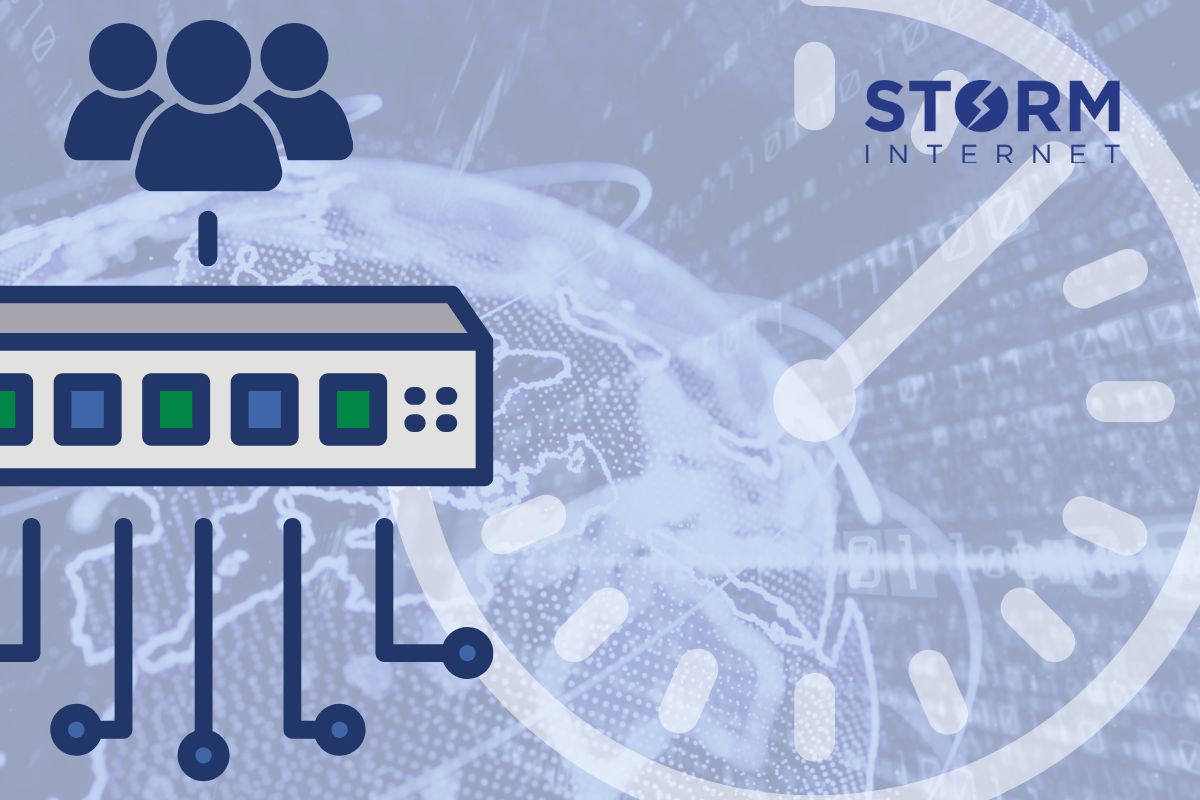Managed DevOps
No dedicated dev team? Here’s how Managed DevOps can still benefit your business

DevOps acts as a bridge between development and operations / IT teams. But can it still be used in your business even when you don’t have a dedicated development team? If so, how can you leverage your managed service provider’s DevOps services to benefit your business?
The potential value of DevOps lies in its ability to streamline processes, facilitate team communication, and help create a competitive advantage. The success of DevOps is evident in its rapid adoption within organisations of all sizes. In this Cisco post, it is reported that “83% of IT decision-makers report their organisation is implementing DevOps practices,” to unlock higher business value.
DevOps is a set of methodologies that seek to shorten the development lifecycle and help organisations deliver rapid product improvements and adapt to market changes more easily. Where DevOps becomes relevant to all businesses is infrastructure management, scalability, monitoring and incident management, performance optimisation, security and compliance, backup and disaster recovery, and expert guidance and support.
Automated Infrastructure Management
Automated infrastructure management in DevOps refers to the tools and practices to manage and provision infrastructure through code. The benefit of automation in this case delivers consistency, repeatability, and efficiency.
For example, with Ansible, you can automate configuration management, application deployment, and task automation. Using an Ansible playbook, new servers can be configured with the necessary packages and software, such as Python. Application deployment can also be automated, which includes pulling code from a repository, setting up the application environment, and starting the application service.
Scalability
Scalability refers to the addition or removal of resources to cater to fluctuating performance demands. Where there’s an inability to scale or do so automatically, several potential dangers exist. These include:
- Performance bottlenecks: systems can become overwhelmed during peak usage times. Slower response times, potential timeouts, and poor user experience can drive customers to competitors with more reliable systems.
- Increased operational costs: manual scaling requires constant human oversight and subsequent intervention which will push up operational costs. Additionally, where there’s no automation, organisations must overprovision resources to cater to demand during peak times.
- Limited growth: More processing power is needed as businesses expand. More traffic and more data to process require infrastructure that can easily be scaled to facilitate growth.
According to Radixweb, high-performing organizations with DevOps practices are more likely to achieve scalable and reliable systems. They are 2.6 times more likely to recover from incidents in less than an hour, demonstrating the effectiveness of automated scalability in handling performance demands.
Monitoring and Incident Management
Whether you’re running a single server, or a group of servers, managed DevOps ensures that there’s a finger on the pulse of your infrastructure at all times. Proactive monitoring for performance issues and potential security threats followed by immediate action to resolve them delivers high availability and reliability.
Advanced monitoring, as reported by Simform, can reduce help desk tickets by 62% by proactively addressing potential issues before they escalate.
With continuous monitoring, metrics such as response times, latency, and throughput are constantly tracked to track performance. The data collected can also be used for capacity planning and resource optimisation.
Where automation has been leveraged for incident management, faster response times can reduce disruption to business services and downtime without human intervention. By understanding usage patterns and performance trends, organisations can make informed decisions about scaling resources, avoiding performance bottlenecks during peak times.
Performance Optimisation
Many businesses still struggle with unoptimised systems, leading to various operational challenges. A report by AppDynamics found that 84% of IT professionals reported their organisations experiencing performance issues that impact user experience. This can, for example, result in slow or unresponsive applications that result in customer satisfaction and churn.
Performance optimisation also supports better resource utilisation, which helps control costs. Unoptimized systems typically require more computing power, leading to higher operational expenses.
Performance optimisation is also crucial for scalable systems that can handle increasing loads without degrading performance. As businesses grow, optimised systems can efficiently manage higher traffic and data volumes.
Security and Compliance
Automated security checks and continuous monitoring can help identify and address vulnerabilities before they can be exploited. This proactive approach involves:
- Automated Vulnerability Scanning: Regularly scanning code and infrastructure for known vulnerabilities and applying patches automatically.
- Continuous Monitoring: Using tools like Prometheus, Datadog, or ELK Stack to monitor system activities in real time and detect any suspicious behaviour.
- Configuration Management: Ensuring systems are configured securely and consistently using tools like Ansible, Chef, or Puppet.
- Infrastructure as Code (IaC): Managing and provisioning infrastructure through code to ensure that security policies are enforced automatically.
In addition to a reduced potential for breaches, security automation can also reduce human errors which are often the cause of security vulnerabilities. Automation also introduces faster response times and can therefore mitigate damages more effectively. It’s also worth noting that automated compliance makes it easier to adhere to industry regulations and standards, reducing the risk of non-compliance penalties.
Backup and Disaster Recovery
Managed DevOps services implement automated backup and disaster recovery solutions that ensure quick recovery from outages or data loss. This minimises downtime and maintains business operations. Additionally, this approach also helps businesses with limited budgets avoid the often high costs of in-house backup and disaster recovery solutions. (With Storm Internet you save even more by paying only for the resources used.)
Managed DevOps also delivers a high level of expertise in Backup and Disaster Recovery, ensuring that backup and recovery processes are optimised and aligned with best practices. This expertise is available on an as-needed basis, alleviating the burden on businesses to hire full-time specialists.
Needless to say, compliance with industry regulations such as GDPR, HIPAA, and PCI-DSS, as well as audit and reporting can also be built into the automation.
What To Do Next
Leveraging managed DevOps services provides substantial benefits, especially for businesses without dedicated development or operations teams. Businesses can enhance their operational efficiency and resilience through automated infrastructure management, scalability, monitoring and incident management, performance optimization, security and compliance, and backup and disaster recovery.
Even where the required in-house expertise exists, managed DevOps can add specialised expertise to the mix to deliver high performance, reliability, and security. In an increasingly competitive market, adopting managed DevOps practices can be the key to staying ahead and fostering sustainable growth.
Speak with a Storm Expert
Please leave us your details and we'll be in touch shortly
A Trusted Partner








